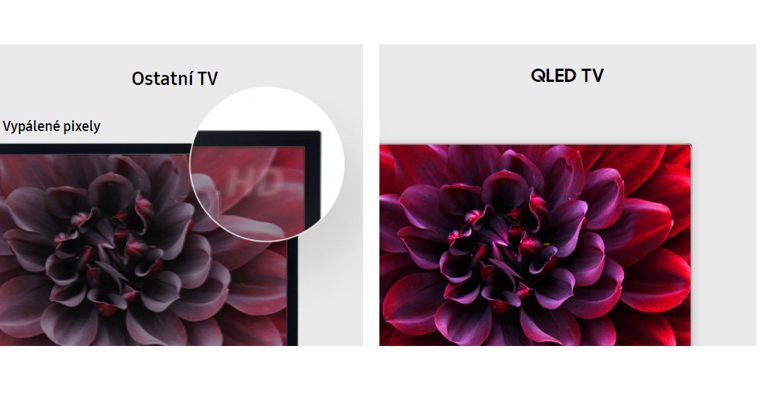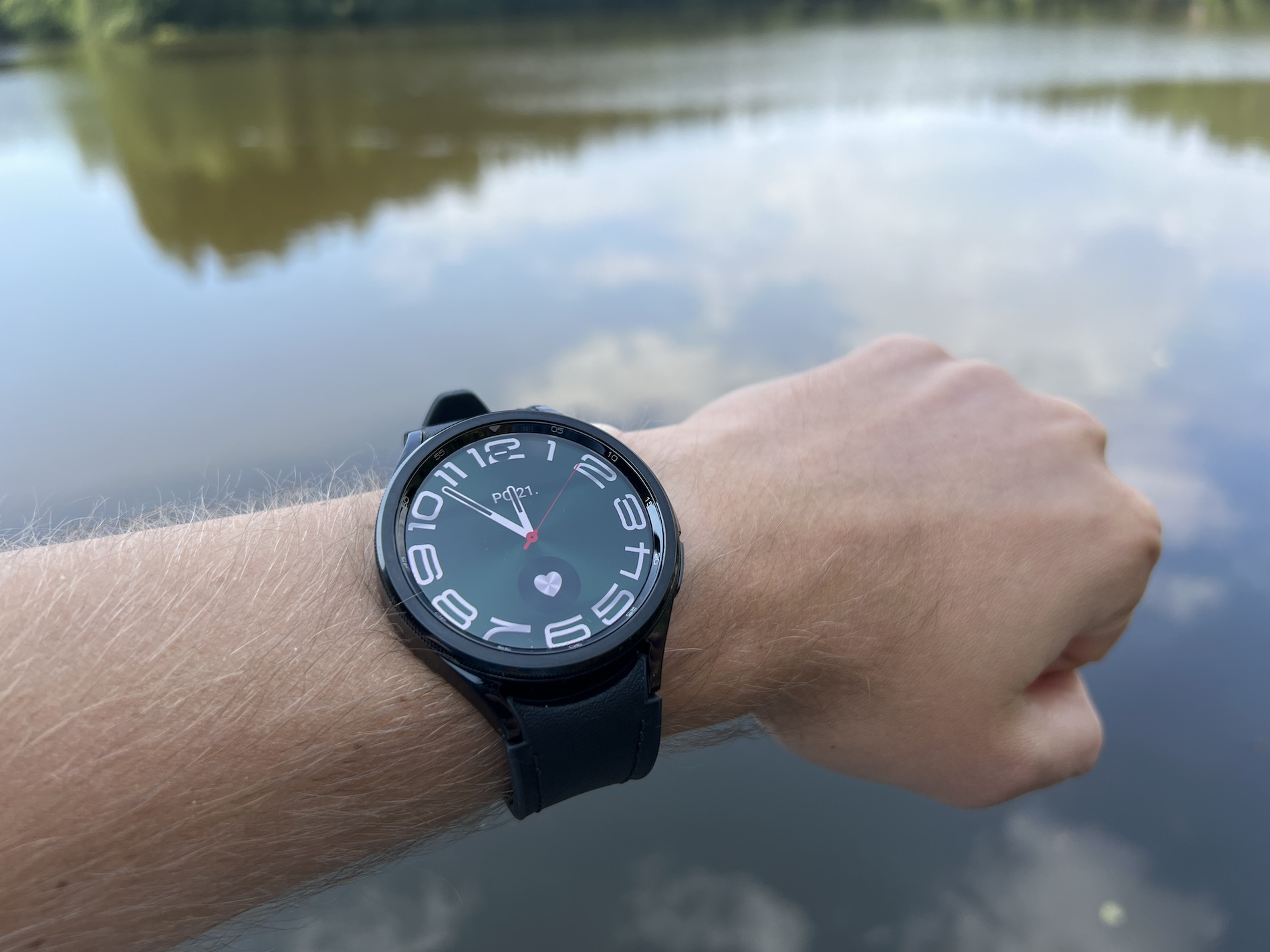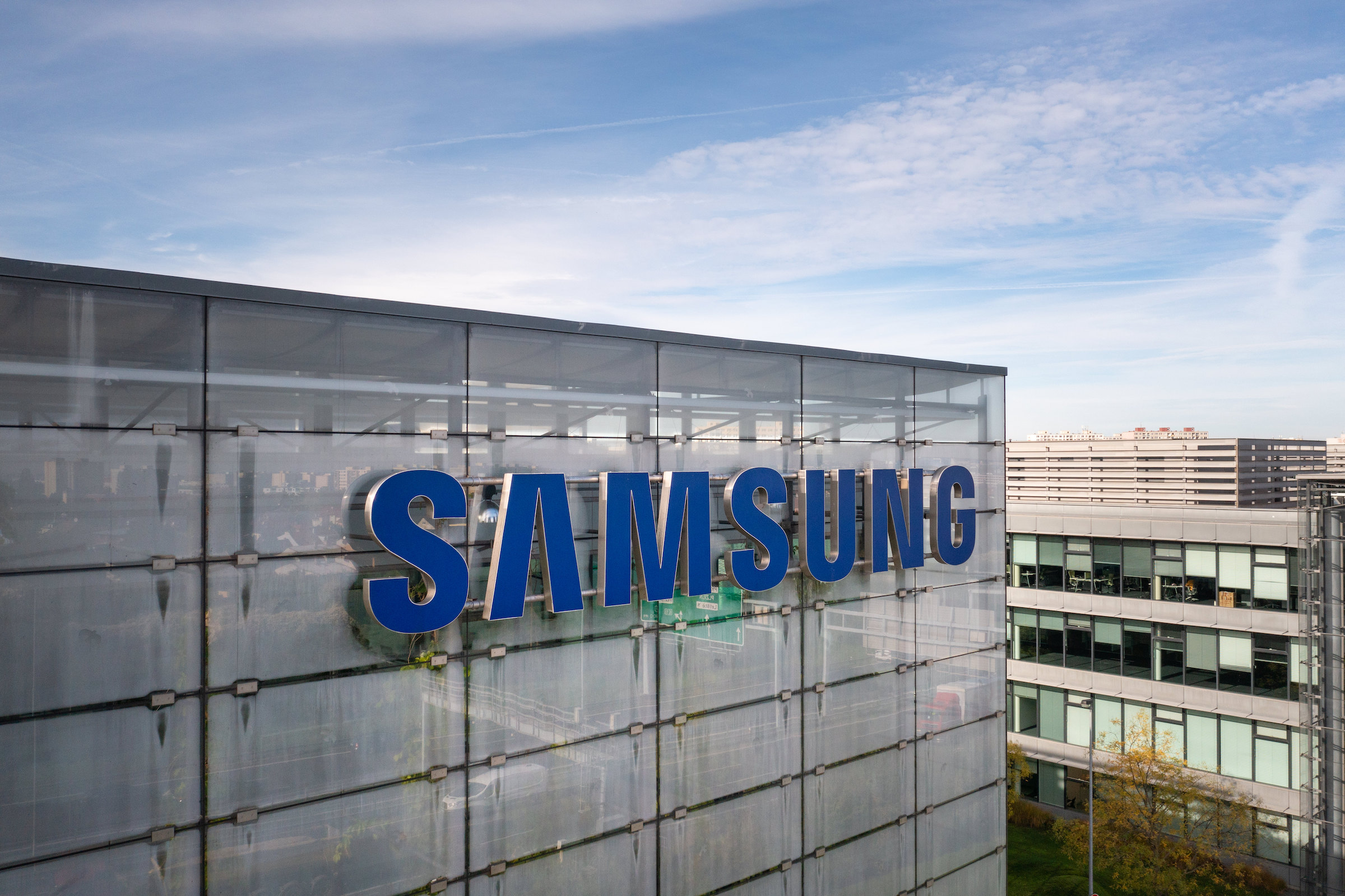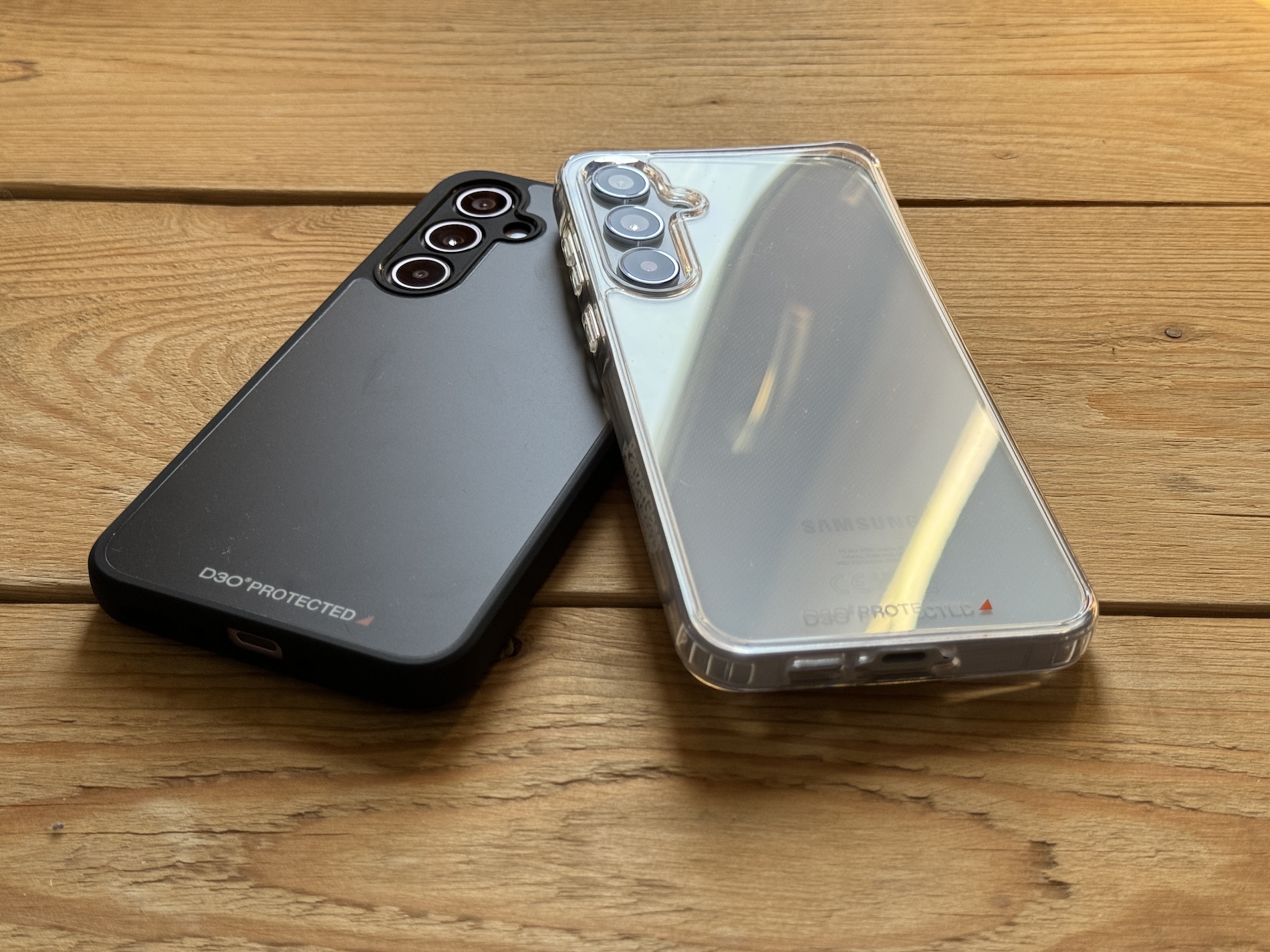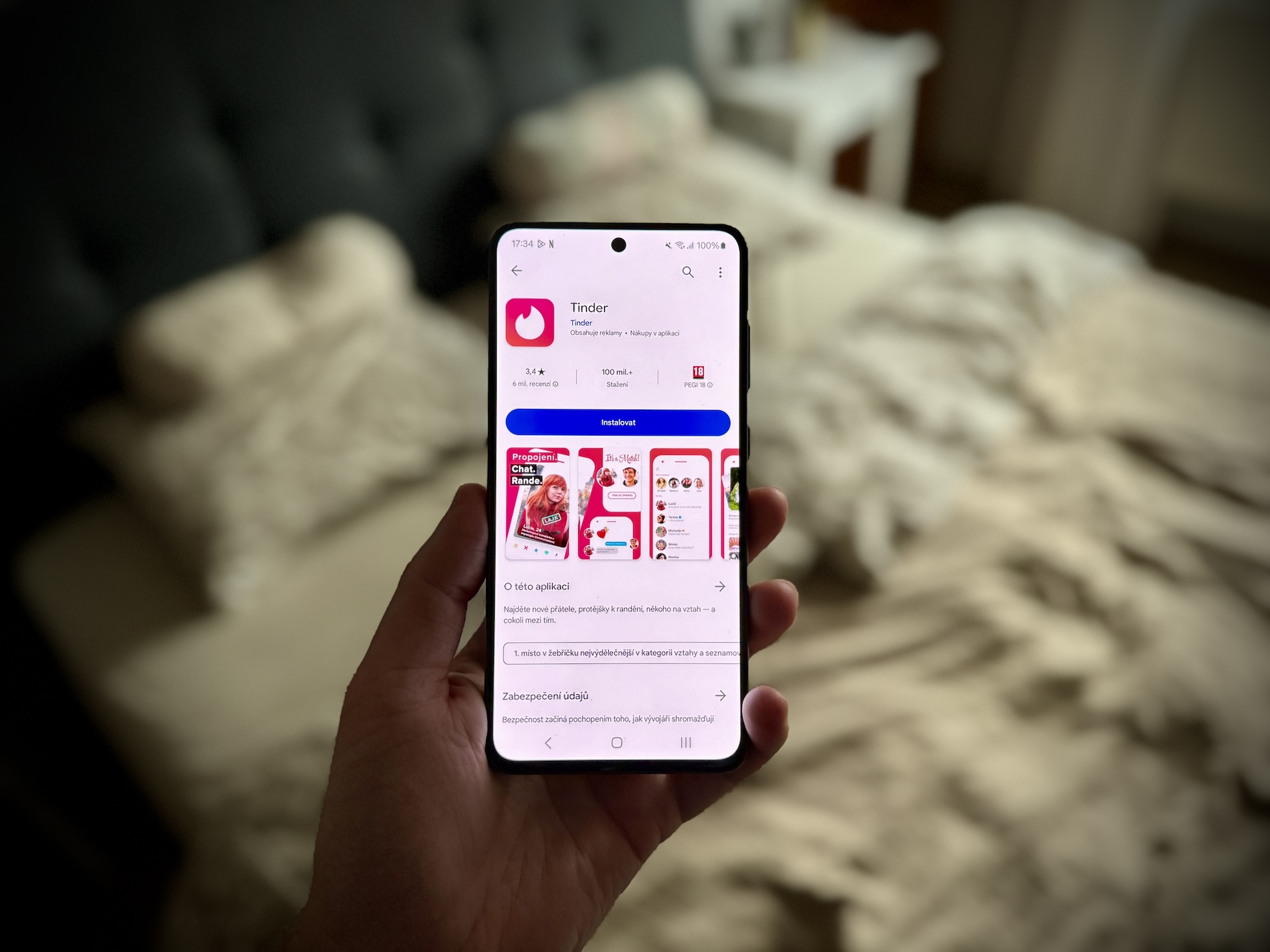The company Samsung Electronics Czech and Slovak has announced an event in which it offers the first ten applicants to exchange their 55- and 65-inch OLED TVs for Samsung QLED TVs for just one crown. When exchanging, they will receive a Q7F series QLED TV of the same size – model QE55Q7F or QE65Q7F. In exchange, the second ten interested parties will receive a 50% discount on the purchase of a QLED TV of their choice. The event runs from October 2nd to October 8th and is valid for end users only.
Those interested in exchange must contact My QLED Priority Service at 800 24 24 77. More information about the service is available at http://www.samsung.com/cz/myqled/.
The relatively young OLED technology is prone to burning pixels (image points), which is not a risk with QLED TV. Image burn-in is damage to the display caused by continuously displaying the same image for an extended period of time. According to independent testing rtings.com signs of burnt pixels appear after only 2 weeks of operation.
Why do pixels burn out with OLED technology?
The diodes of OLED panels consist of organic compounds that are extremely overloaded when displaying a static image (TV station logos, headlines in the news, scores in sports broadcasts, menus in PC games, etc.) and quickly lose their physical properties, i.e. their colors. The loss of color pigment will appear on the TV as burnt pixels. This means that even after switching off or while watching another program, there is still a clear outline of the original object on the display. The design of Samsung's QLED TVs uses first-class inorganic materials, which are a guarantee of long-term stable, high image quality.
The new QLED TV series with Quantum Dot technology thus has a more stable and, above all, longer-lasting image compared to OLED TVs. It offers significantly better color rendering, accurate display of the color space, and for the first time in history, TVs of this series are able to reproduce 100% of the color space. This means it can display all colors at any brightness level. At the same time, QLED TVs from Samsung provide a brightness of up to 2000 nits. QLED TVs allow – compared to conventional TVs – to reproduce a significantly wider range of colors in much greater detail. The new Quantum Dot technology enables the display of deeper blacks and rich details, no matter how bright or dark the current scene is. At the same time, it also manages the lighting in the room.
